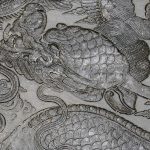(Recommendations of Rich Culture Destinations in Hue)
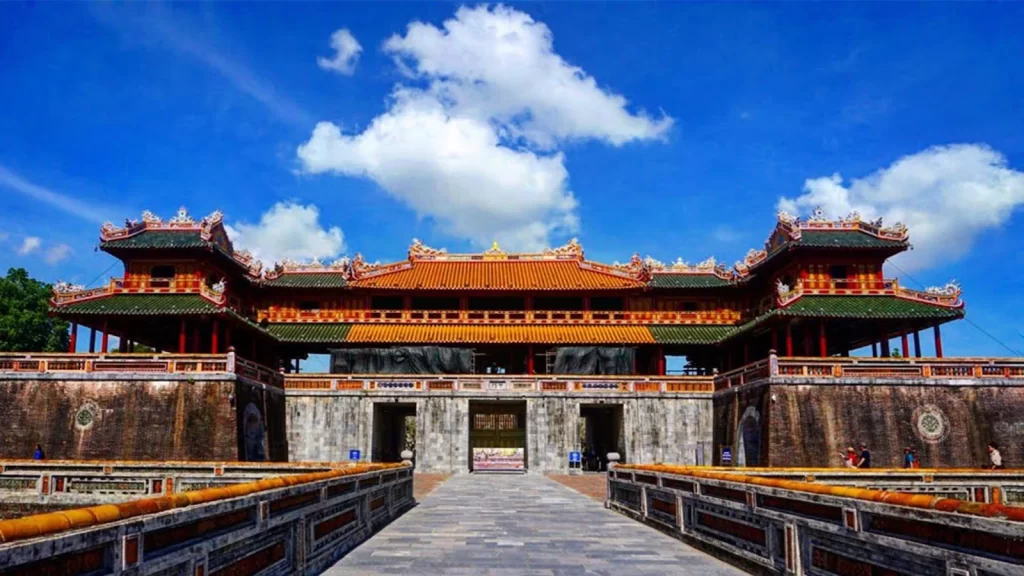
The imperial castle, famous pagodas, and royal mausoleums of Hue, Vietnam are its most famous landmarks. Hue is not just a favorite vacation spot for those who enjoy architecture, but it is also a mecca for foodies in Vietnam thanks to its wonderful and varied cuisine. Here are the top 16 activities and places to visit in Hue, Vietnam, according to its rich culture.
Contemplate Imperial City
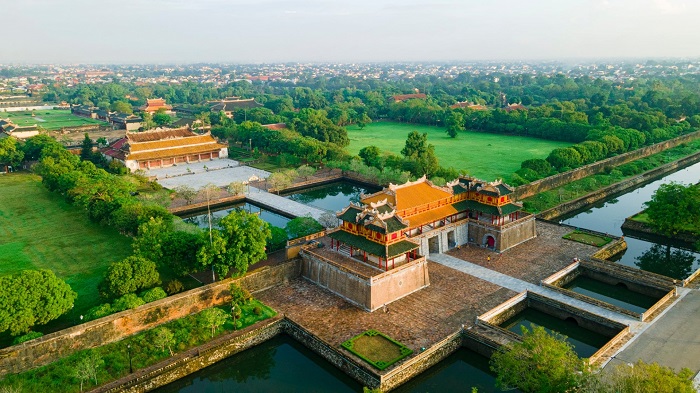
Part of the Imperial Citadel dating back to the Nguyen dynasty is the Imperial City. This was once a complex of numerous temples, courts, pavilions, walls, and gates, but sadly, almost everything was destroyed in the 19th-century battles between America and Vietnam. The remaining structures are being repaired, and there are even some locations that are still in decent shape, so it’s still quite worthwhile to visit the location. When visiting the Imperial City, you can also arrange for a tour guide to show you around and explain the significance of the Nguyen emperor and Hue city in Vietnam’s 4,000-year history.
Opening hours: 8AM 5:30PM every day (including weekend)
Dress code: Not required
Entrance fee:
- Imperial City only: 150.000VND/person
- Combination ticket (Imperial City + Minh Mang Tomb + Khai Dinh Tomb): 280.000VND/person
- Combination ticket (Imperial City + Minh Mang Tomb + Khai Dinh Tomb + Tu Duc Tomb): 360.000VND/person.
Visit Ancient Emperors’ Tombs
Khai Dinh Tomb
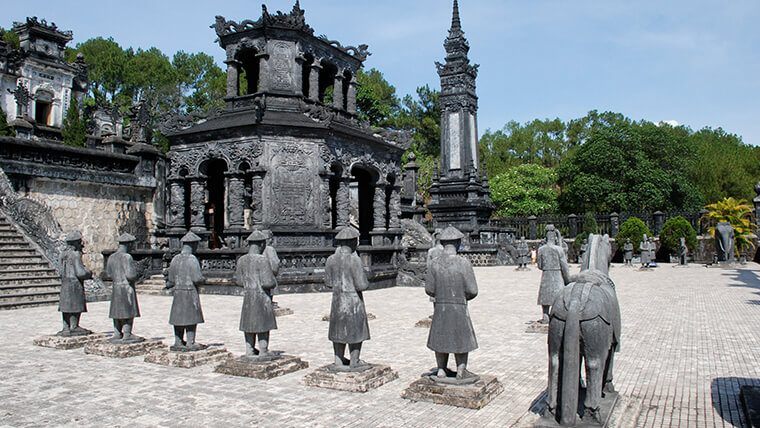
The Khai Dinh Tomb, sometimes referred to as the ng Mausoleum, is a Vietnamese monument that is located in Chau Chu mountain, about 10 kilometers from Hue. In comparison to the other Nguyen royal tombs, this one is the smallest but also the most expensive and latest. In the years 1920 to 1931, it was founded by Emperor Khai Dinh, the 12th Emperor of the Nguyen Dynasty. From 1916 to 1925, Khai Dinh served as the penultimate emperor of Vietnam, but due to his close ties to the French administration, he was unpopular with the Vietnamese populace. This 11-year-old mausoleum, whose construction took place on a hillside, combines Eastern and Western architectural styles. One of the sites in Hue most worth visiting is the Khai Dinh Tomb.
Entrance fee:
- Adults: 150,000 VND per person
- Children: 30,000 VND per person
Opening hours: 7AM–5:30PM
Tu Duc Tomb
Tu Duc Tomb is one of the structures that contribute to Hue’s endearing beauty thanks to its distinctive architecture and flawless blending with the surrounding natural environment. The Tu Duc Royal Tomb was constructed during the Nguyen Dynasty and is one of the most alluring and important places to visit in Hue City.
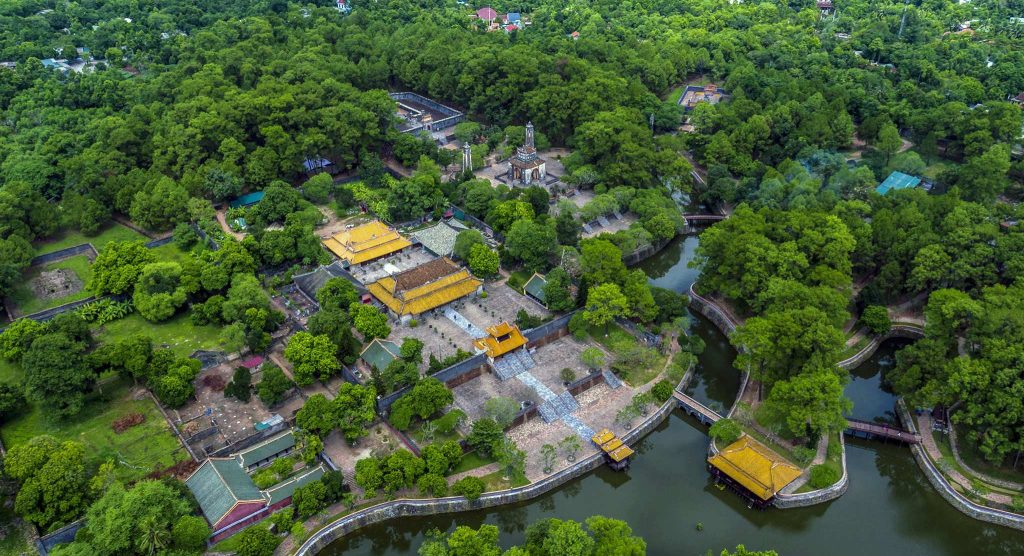
Gia Long Tomb is 10 times smaller than Tu Duc Tomb Total Square, which is 12 hectares. Nearly 50 large and tiny buildings, arranged in groups across the area, make up the tomb’s layout. The word “Khiem” (which in English means “Modest”) is written next to every structure in this architectural style. The overall design of Tu Duc Tomb resembles a sizable park that blends perfectly with the environment. Even though the edifice was fully made by human hands, it lacks symmetry and is angular rather than winding.
Entrance fee:
- Adults: 150,000 VND per person
- Children: 30,000 VND per person
Opening hours: 7AM–5:30PM
Minh Mang Tomb
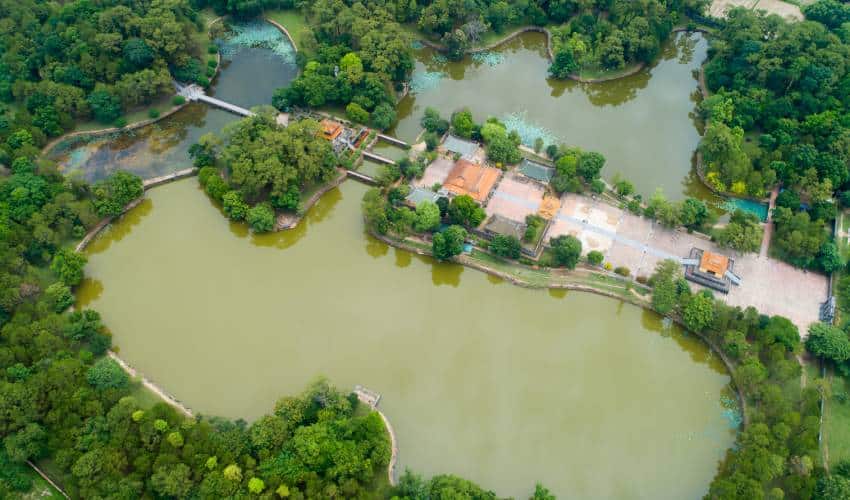
The Minh Mang Tomb is situated on the Perfume River’s western bank. It was finished in 1843 and had a distinctive architecture that set it apart from the others. Minh Mang Tomb was constructed with a balance of nature and architecture, with many trees and plants nearby, in contrast to Tu Duc Tomb, which was more traditional and Vietnamese and Khai Dinh Tomb, which was heavily influenced by the French style. This harmony between the natural environment and the buildings says a lot about Minh Mang’s personality.
Entrance fee:
- Adults: 150,000 VND per person
- Children: 30,000 VND per person
Opening hours: 7:30AM to 5.00PM
Explore Huyen Tran Princess Temple
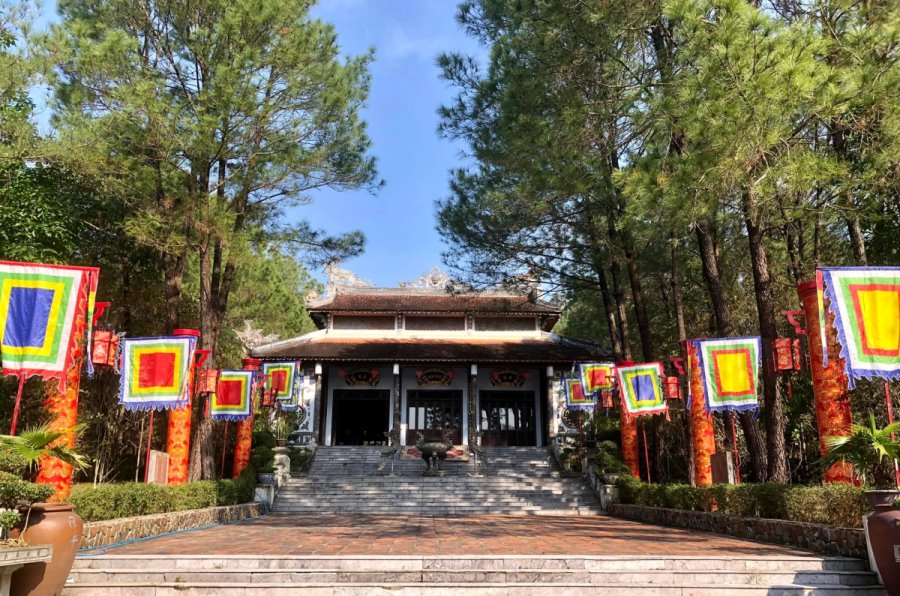
One of Vietnam’s most well-known princesses, Huyen Tran, served as the primary bridge between that country and Champanagara. She served as a peace ambassador to the current territorial expansion of Vietnam while married to the King of Champanagara. The temple was constructed as a sign of the Vietnamese people’s utmost gratitude and respect for her. Despite being a typically melancholy and silent location, it continues to draw large numbers of tourists, particularly on January 9th and 15th, which marks the anniversary of Huyen Tran Princess’s passing. A little over 6 kilometers from Hue’s city center, the temple is situated at the base of Ngu Phong mountain. The royal graves are close to the temple, thus it makes sense to see all three places at one go.
Savor Tasty Hue Cuisine
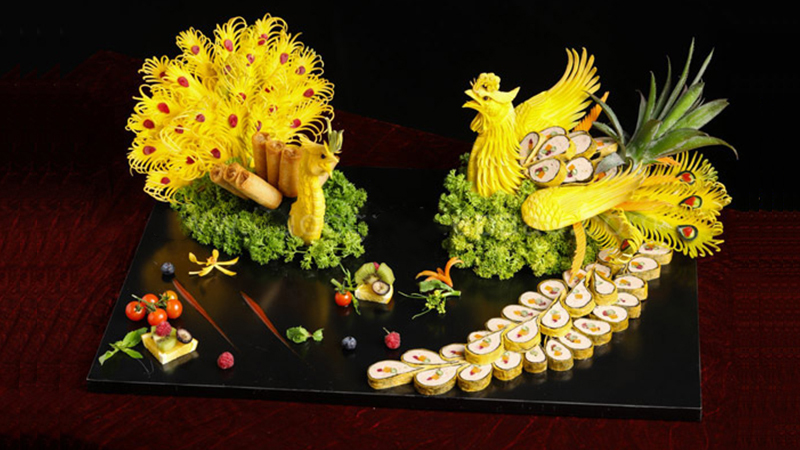
One of the Vietnamese cities with the best and most distinctive culinary cultures is unquestionably Hue. The royal families were the only ones to receive the foods in the past. However, travelers can now easily find them on the streets or in restaurants for a relatively affordable price. Hue’s cuisine is known for its abundance of herbs, fish sauce, and sauces with a mix of sweet and sour flavors. Bun Bo Hue (Hue Beef Noodle Soup), Nem Lui (Hue Lemongrass Skewers), Com Hen (Clam Rice), Banh Beo (Steamed Rice Cakes), Banh Ram It (Fried Sticky Rice Dumplings), and Che Hat Sen (Lotus Seeds Sweet Soup) are a few delicacies you must taste when you visit Hue.
Take a Perfume River Boat Ride
When visiting Hue, you must go to the renowned Perfume River. A century ago, when people could smell the delicious fragrance of flowers floating in the river from the upriver orchards, the word “perfume” first appeared. In particular, the autumn, from July through October, was when the floral aroma was the strongest.
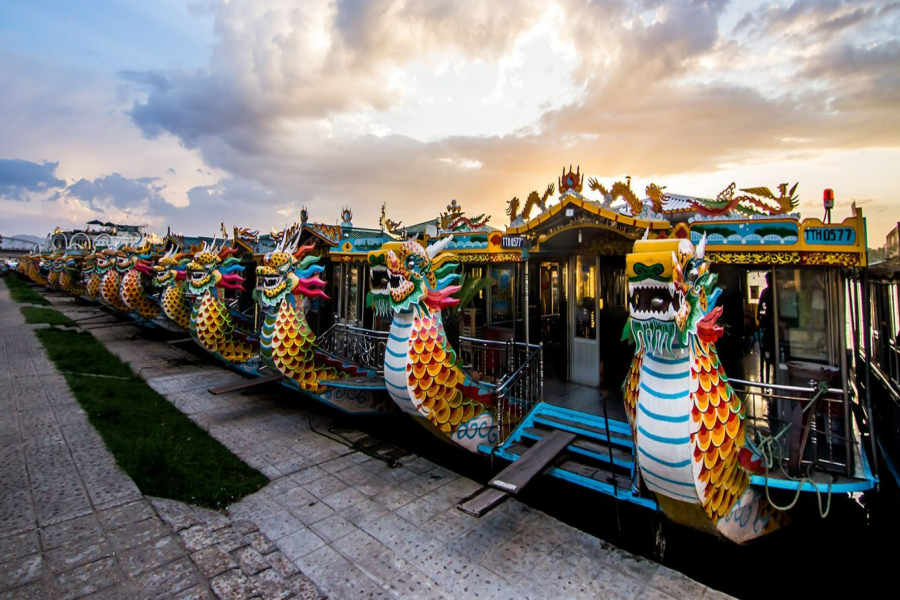
Today, it might not smell the same because of industrialization and the rise in boat traffic. Perfume River is still one of Hue’s most well-known attractions and serves as the city’s emblem. The afternoon, when you can see the magnificent sunset, is the ideal time to explore Perfume River.
The Perfume River cruise service is also well-liked in this area, and if you sign up for a river boat tour, you can visit the majority of Hue’s sites. Today, boating along the river was a must-do activity for visitors to Hue. Most of them agree that it is one of the most breathtaking riverfront settings they have ever seen, especially at night when the lights are on! Additionally, visitors frequently reserve an evening river boat excursion that includes a fine dinner on board. You’ll experience a sense of royalty similar to that of previous Royal families.
Find Peace in Thien Mu Pagoda
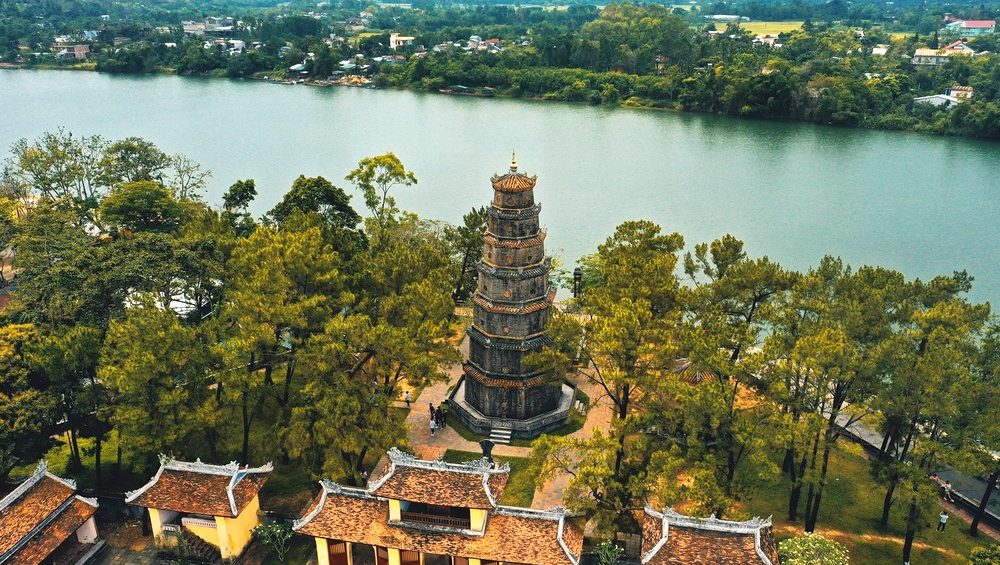
One of the most intriguing and historic pagodas in Hue city is Thien Mu Pagoda (specifically Heaven Fairy Lady Pagoda), also called Linh Mu Pagoda. It is easily accessible from the city center and is located on Ha Khe hill in Huong Long village, on the north bank of the Perfume River, 5 kilometers from Hue. The pagoda has drawn many travelers from within and outside of the country to come and investigate the mystery for themselves because of its intriguing past.
Thien Mu Pagoda has grown to be one of the most well-liked tourist destinations in Hue City thanks to its distinctively traditional Hue pagoda architecture and scenic setting right next to the Perfume River’s bank. It is advised that tourists doing a city tour of Hue visit this pagoda in the late afternoon so they can see the monks praying there and take in the stunning sunset over the Perfume River.
Visit Thanh Toan Tile-roofed Bridge
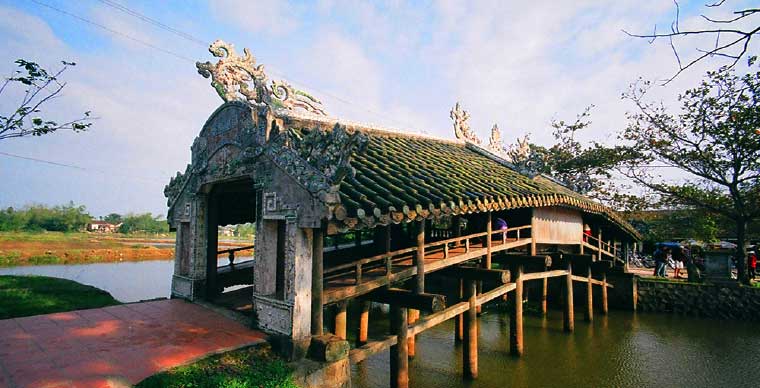
The Thanh Toan Tile-roofed Bridge is a part of Thanh Thuy Village, located 7 kilometers from Hue’s city center. Reaching the bridge takes only around 15 minutes on a motorcycle and 30 minutes on a cyclo or bicycle. The oldest bridge in Vietnam, with a particularly exquisite architectural style, is of immeasurable architectural, historical, and cultural value.
In addition to seeing the oldest bridge in Vietnam when visiting Thanh Toan Village, visitors can also row boats around canals or ride bicycles on the village’s lush roads to see other historic temples. Additionally, you can enroll to become a farmer and experience farm life, namely to learn how to create conical hats or wrap Tet sticky rice cakes (Banh Chung & Banh Tet). You can visit the local market, participate in hut gambling and rice-pounding singing (during festivals), and sample the local cuisine here.
Have Hue Royal Banquet Dinner
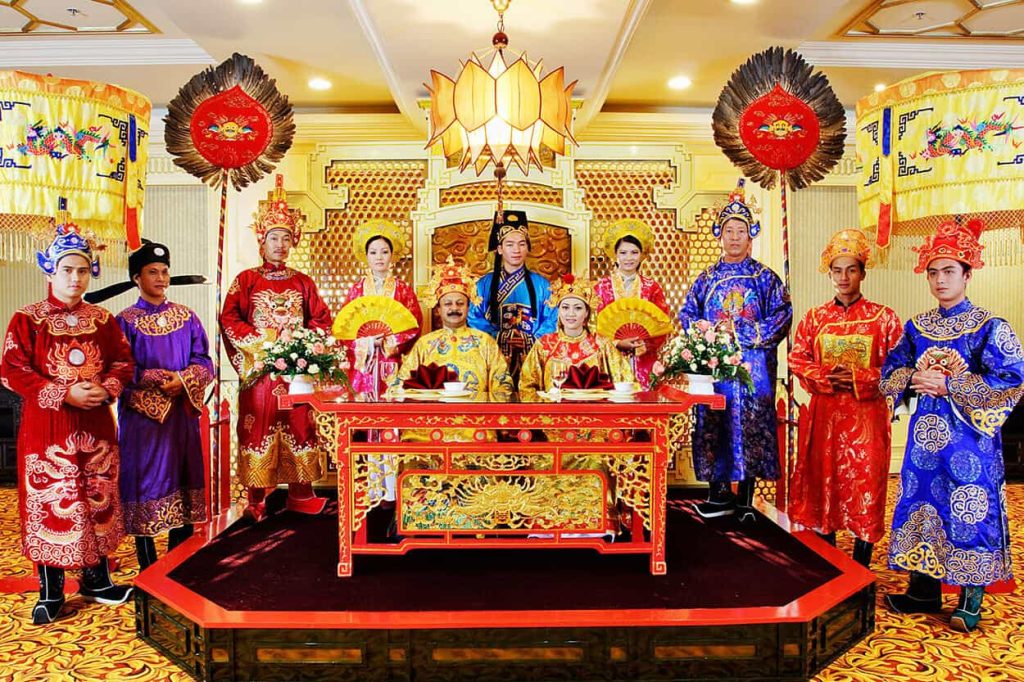
If you visit Hue, attending a royal banquet dinner might be the most exciting thing you do. Because Hue used to be the capital and where the Royal families used to reside, Hue locals are frequently quite skilled at cooking traditional dishes and putting together elaborate banquets for the Royalty. When you take a Royal Banquet Dinner trip, you’ll get the chance to dress up as the Vietnamese Emperor and Empress, dine on a boat, and enjoy some of our most delectable and elegantly prepared food. This excursion can be reserved online through a company.
Relax at Hue Beaches
Lang Co Beach
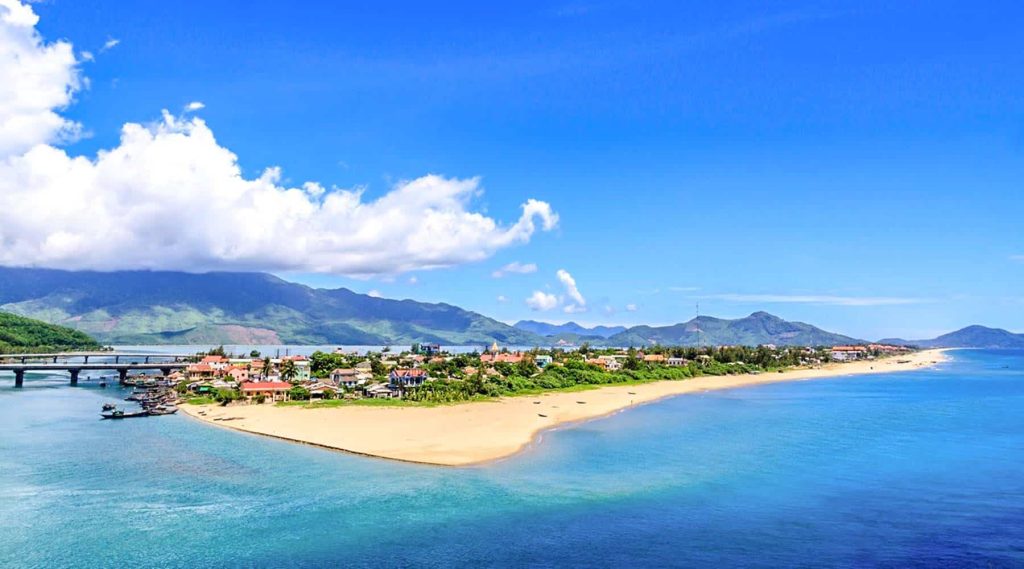
Hue is a beautiful city where you may find Lang Co beach. It is a lovely 8 kilometre stretch of white sand that is around 24 km from Bach Ma National Park. The bay is an ideal location for a variety of beach activities like swimming, scuba diving, sunbathing, and fishing. Along the shore, you may also locate luxurious resorts that are beautiful. In addition, it is highly known for its lobsters, lobster reefs, and variety of seafood. It is convenient to get to other locations from the bay, including Hai Van Pass, Bach Ma Mountain, and Lap An Lake. From December to March is the ideal time to travel to Lang Co.
Thuan An Beach
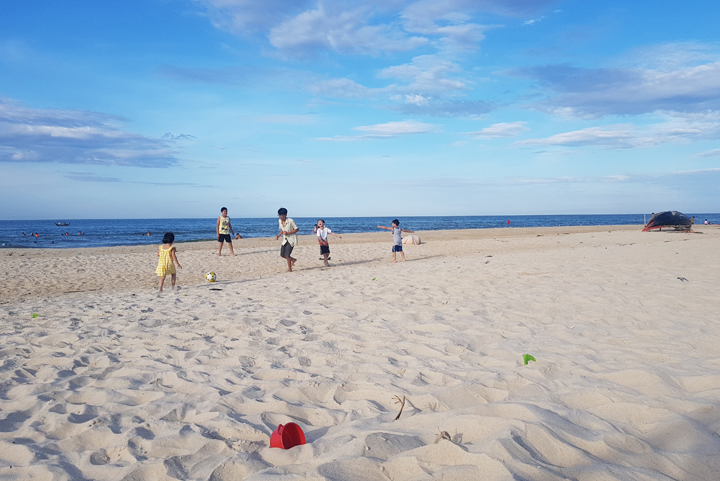
King Thieu Tri listed Thuan An Beach as one of Hue’s top ten most beautiful sights. The distance from Hue Imperial Citadel to the seashore is around 13 kilometers. The shoreline is about 12 kilometers long, and the sea is cold and fresh. Although Thuan An beach has the potential to grow in popularity among tourists, it has fortunately remained untouched up until this point. This would be the ideal location for you if you enjoy exploring the natural beauty and want to get away from the bustle of the city center. Bring a tent if you’re going on a beach picnic with friends or family, but remember to clean up after yourself before you go!
Admire the Refindness of Hue Royal Theatre
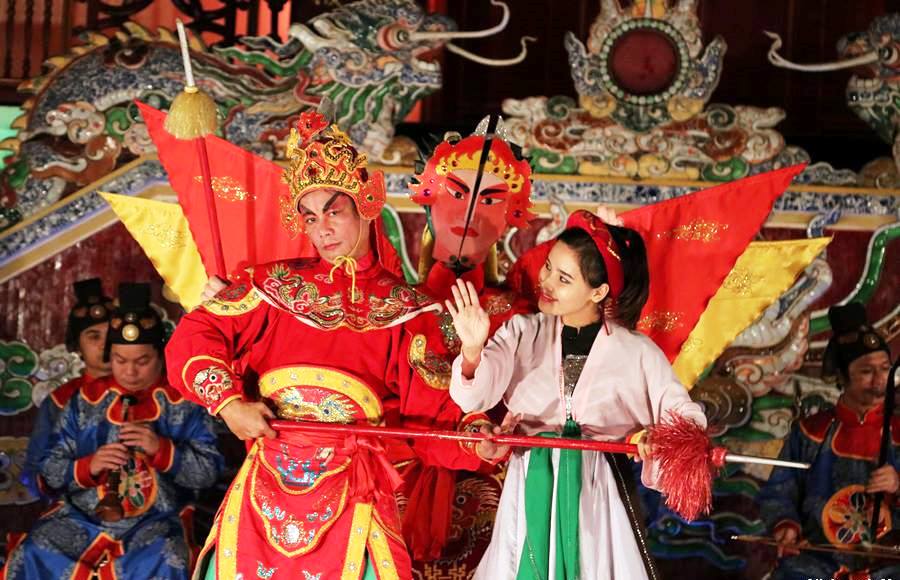
Duyen Thi Duong, also known as the Hue Royal Theatre, is a must-see location for anybody with an interest in Vietnamese arts and culture. The Royal families used to receive artistic performances at this theater, which is the oldest in Vietnam. With an unusually enormous area of 11.740 m2, it was constructed during the reign of King Minh Mang. It also features distinctive architecture and design elements. The Royal Theatre has undergone numerous wars and is no longer as it once was, but the replica restoration is still a very appealing location to visit.
Take a short walk to Hue Conical Hat Making Village
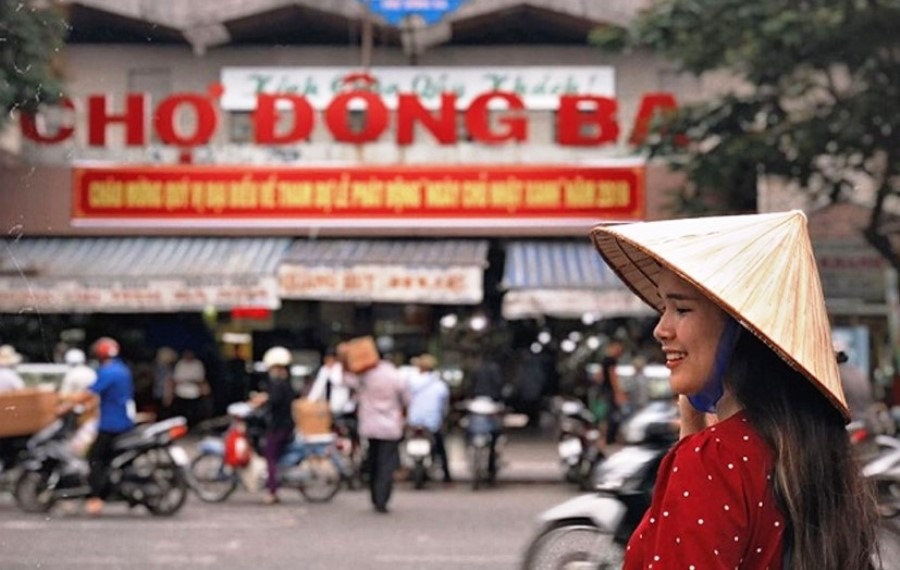
Since it is graceful, delicate, and practical in Vietnam’s hot climate, the conical hat is a symbol of Vietnam, particularly for Vietnamese women. One of the top communities in the nation for producing conical hats is Tay Ho hamlet in Hue. Visitors to this town will be able to learn about the conical hat-making process and even take a lesson to learn how to make one. Conical hats are definitely not the easiest thing to build, but you will do just fine with the help of the local artisans’ training and direction. It’s also a fantastic way to learn about Vietnamese culture.
Visit Hue Museum of Royal Antiquities
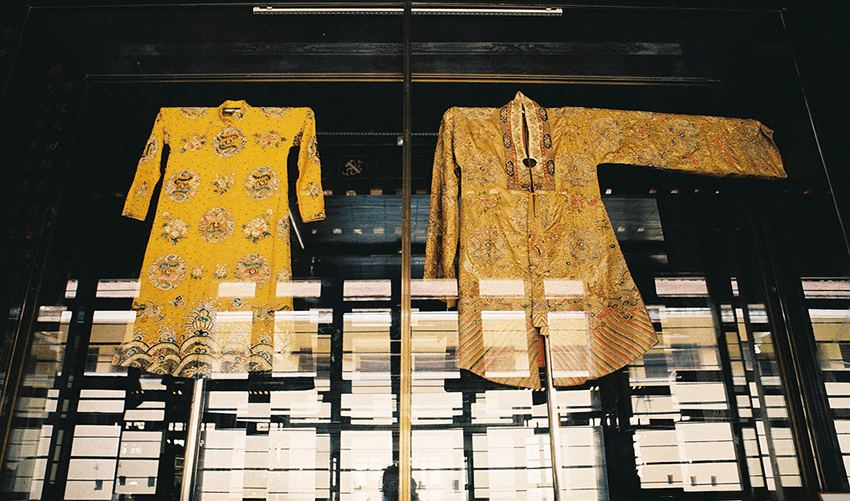
The Royal Fine Arts Museum, one of Hue’s oldest and biggest museums, is just one of the city’s many intriguing attractions. Long An Palace, one of the most stunning palaces still standing in Vietnam, is home to the Royal Fine Arts Museum. Up to 6.330 square meters of space are covered by it. Since its founding, it has taken on the duty of reviving hundreds of generations of artisans who had helped to develop the Hue royal court. The Hue Monuments Conservation Center is now in charge of running the museum. Bringing cameras or taking pictures inside the museum is not permitted, so be ready to take notes on everything you observe there.
Take in the View from Hai Van Pass
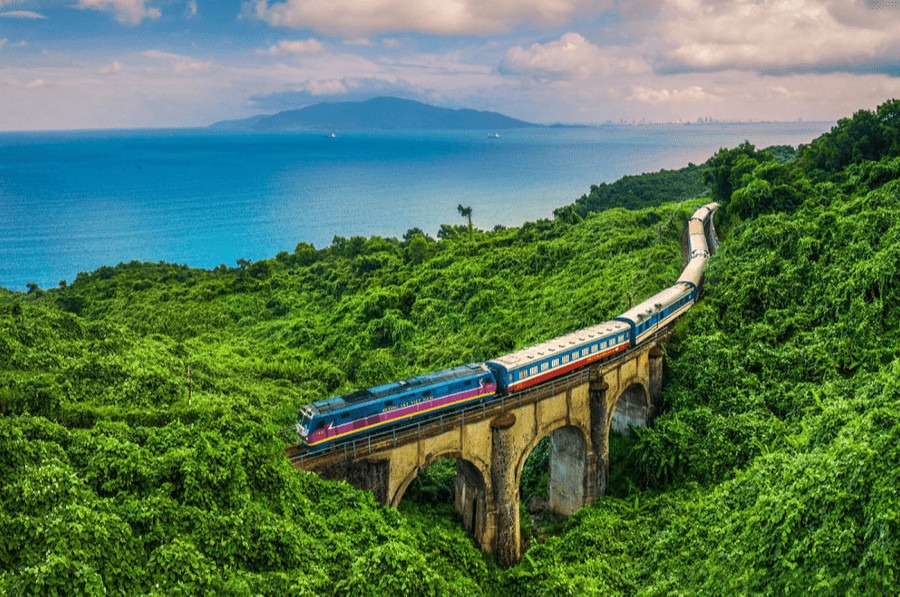
One of Vietnam’s most beautiful hillside routes is Hai Van Pass. You will have the opportunity to find serenity, calm, and history while navigating the paved mountain pass’s steep, winding roadways. (500m above sea level) This is Vietnam’s highest pass. Hai Van means “Sea Clouds” since the mountain’s foot is close to the water and its summit is in the clouds. The Thuan Hoa and Quang Nam boundary was the previous name for Hai Van Pass.
Hai Van Pass is compared to a haughty yet attractive girl who tests drivers’ abilities with its unexpected twists and blind corners. Hai Van is the final spur of the Truong Son Range that reaches the sea and is always a beautiful landscape full of dangerous hazards on a journey through the countryside.
The Hai Van Pass will fulfill your ambition to scale lofty mountains and serve as a reminder of the illustrious past of the Vietnamese people. Additionally, visitors can take in the entire view of Danang, the Tien Sa harbor, the Son Tra Peninsula, Cu Lao Cham Island, and long sandy beaches from the pass on sunny days.
Visit the Bronze Casting Village Phuong Duc
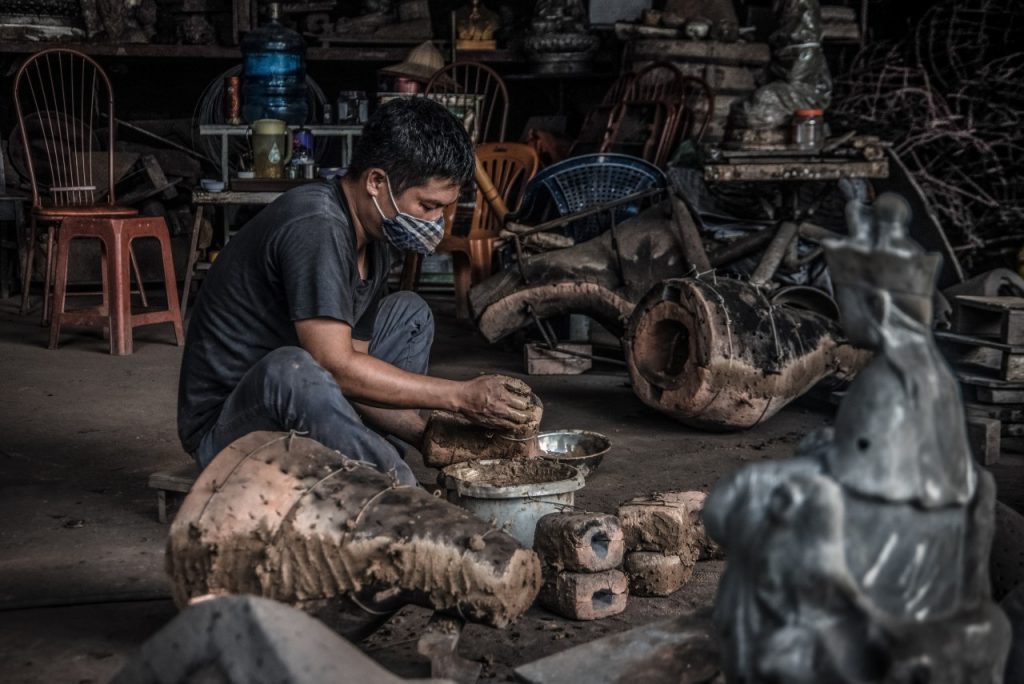
Hue City’s bronze casting processes have long been regarded as the best in Vietnam. This is due to its long history. As a result, bronze goods from Hue, including bells, statues, and works of art, are widely available across Vietnam and even in some international markets.
Due to the fame of Hue bronze casting, local officials have decided to turn the Phuong Duc Bronze Casting Village into a tourist destination in order to educate both domestic and foreign visitors about the history and to conserve and honor the trade. At the start of Bui Thi Xuan Street, Phuong Duc Village draws tourists with its abundance of businesses featuring bronze Buddha statues and bells. Visitors are undoubtedly reminded of the local artists’ precision and talent by the lines, patterns, and decorations of each piece, which are all so fine, delicate, and lovely. Therefore, visitors should stop by a bronze casting studio to learn about the process after viewing artwork at galleries along the street.
Bells are among Hue’s bronze goods that garner the greatest attention and admiration because to their eminent beauty and elegance and their rich, resonant tone. Some claim that the prestige is a result of the hidden skills of the artists in the area, while others believe it stems from the unique characteristics of the soil and water in the area.
Making a bronze item is a thrilling experience, and the enjoyment will be increased if a visitor falls in love with it and brings it home as a gift for friends or family. Hue is not just a region of royal temples and history, but has also long been known for its crafts, according to Nguyen Van Niem, a craftsman with 20 years of bronze casting experience.
Visit Tiger Arena & Voi Re Temple (Long Chau Temple)
One of Vietnam’s most famous locations, Tiger Arena (Ho Quyen), is still standing today. Here, animals, particularly elephants and tigers, fought to the delight of the aristocracy and to prove the invincibility of battle elephants. Vietnam Travel Depot conducted a trip in an effort to recreate these locations, and is glad to provide them to visitors. Ho Quyen and Dien Voi Re represented the Kings’ unstoppable power and vigor.
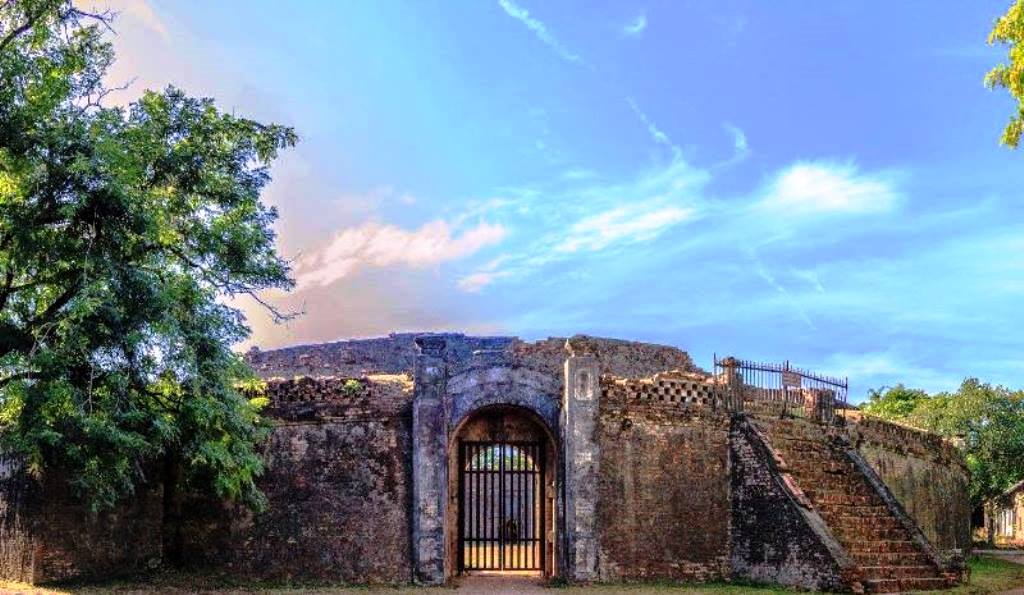
Following the ceremonial battle celebrating King Minh Mang’s 40th birthday on the northern bank of the Perfume River, a tiger unexpectedly broke free and charged at the King, endangering him. This prompted the creation of the site. After that, the King designated Ho Quyen, a piece of land close to Long Tho Hill to the west of the capital, as a permanent location for fighting. The last battle took place in 1904 under the rule of monarch Thanh Thai (the 10th monarch of the Nguyen Dynasty), and while the legends of the region are still being passed around among the people, they are starting to fade with the passage of time.
Temple of the Crying Elephant, where elephants that excelled in combat were revered, is a short distance from Ho Quyen. The temple was known as “Dien Voi Re” by locals.


